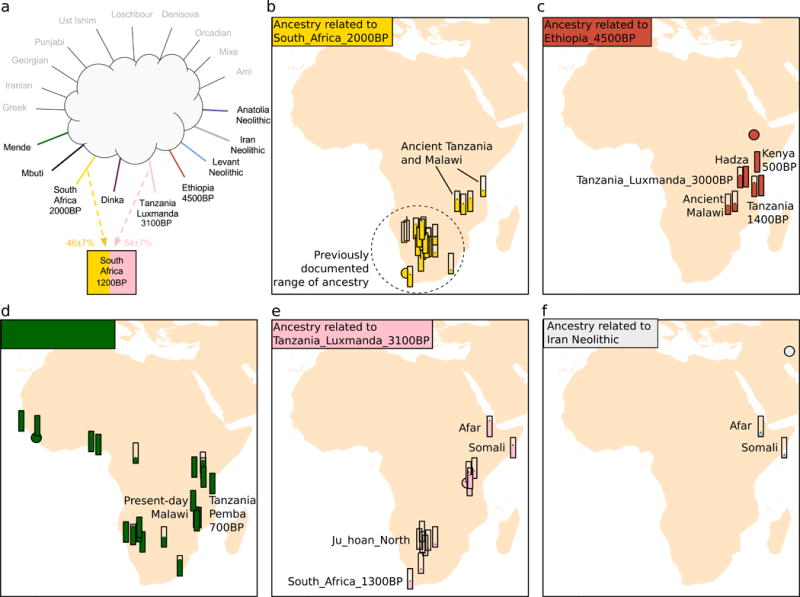Figure 2. Ancestral components in eastern and southern Africa.

We show bar plots with the proportions inferred for the best model for each target population. We used a model that inferred the ancestry of each target population as 1-source, 2-source, or 3-source mixture of a set of potential source populations. In (a) we show an example of the inferred model for South_Africa_1200BP, an early pastoralist. A filled circle symbol in each panel indicates the geographic location of the sample that we use as a representative of the source population. We show five sources: b) South_Africa_2000BP representing forager populations in southern Africa and a component of prehistoric Malawi and Tanzania that is no longer extant; c) Ethiopia_4500BP which is today found in the Hadza but in the past was characteristic of eastern African hunter-gatherers; d) the Mende from Sierra Leone which is related deeply to the western African ancestry that was spread with the Bantu expansion of agriculturalists; e) the Savanna Pastoral Neolithic sample Tanzania_Luxmanda_3100BP which provides a missing link of the pastoralist population that brought ancestry most closely related to the ancient Levant to southern Africa, and which is also closely but not exclusively related to present-day Cushitic speakers; and f) ancestry more closely related to the Iran Neolithic than what is found in Tanzania_Luxmanda_3100BP, and which may have entered the Horn of Africa in later migrations.
